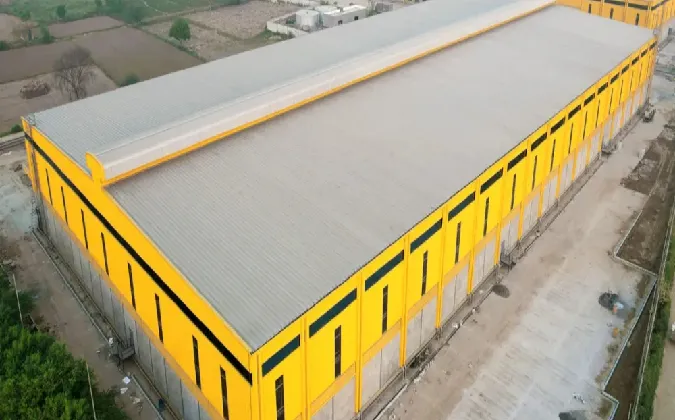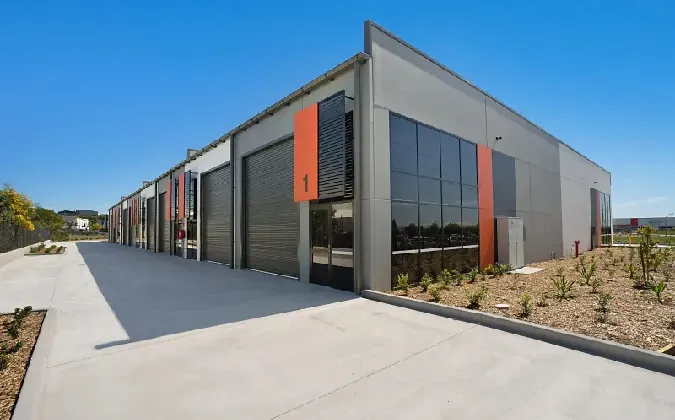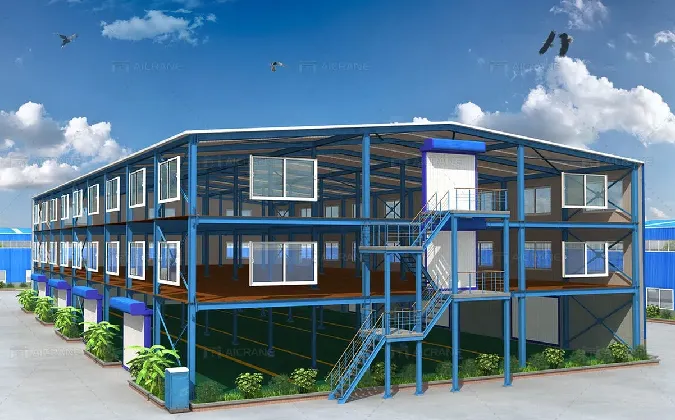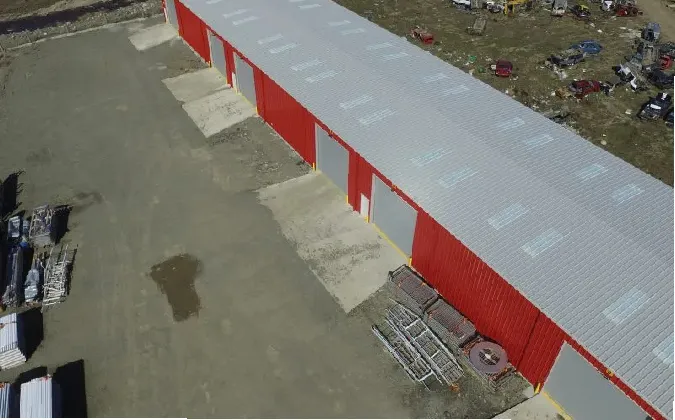- Afrikaans
- Albanian
- Amharic
- Arabic
- Armenian
- Azerbaijani
- Basque
- Belarusian
- Bengali
- Bosnian
- Bulgarian
- Catalan
- Cebuano
- Corsican
- Croatian
- Czech
- Danish
- Dutch
- English
- Esperanto
- Estonian
- Finnish
- French
- Frisian
- Galician
- Georgian
- German
- Greek
- Gujarati
- Haitian Creole
- hausa
- hawaiian
- Hebrew
- Hindi
- Miao
- Hungarian
- Icelandic
- igbo
- Indonesian
- irish
- Italian
- Japanese
- Javanese
- Kannada
- kazakh
- Khmer
- Rwandese
- Korean
- Kurdish
- Kyrgyz
- Lao
- Latin
- Latvian
- Lithuanian
- Luxembourgish
- Macedonian
- Malgashi
- Malay
- Malayalam
- Maltese
- Maori
- Marathi
- Mongolian
- Myanmar
- Nepali
- Norwegian
- Norwegian
- Occitan
- Pashto
- Persian
- Polish
- Portuguese
- Punjabi
- Romanian
- Russian
- Samoan
- Scottish Gaelic
- Serbian
- Sesotho
- Shona
- Sindhi
- Sinhala
- Slovak
- Slovenian
- Somali
- Spanish
- Sundanese
- Swahili
- Swedish
- Tagalog
- Tajik
- Tamil
- Tatar
- Telugu
- Thai
- Turkish
- Turkmen
- Ukrainian
- Urdu
- Uighur
- Uzbek
- Vietnamese
- Welsh
- Bantu
- Yiddish
- Yoruba
- Zulu
Sep . 19, 2024 02:12 Back to list
Understanding the Costs of Pre-Engineered Steel Buildings
Pre-engineered steel buildings (PEBs) have gained significant popularity in recent years, primarily due to their durability, cost-effectiveness, and quick construction timelines. When considering the costs associated with these structures, it is essential to understand the various components that contribute to the overall pricing, as well as the benefits they offer compared to traditional building methods.
Components of Cost
1. Material Costs The primary material for PEBs is steel, which has seen price fluctuations over the years due to market demand and production rates. The thickness and quality of steel affect costs, with higher-grade steel offering better durability and resistance to corrosion. Additionally, options for coatings and treatments can influence pricing, as they impact long-term maintenance.
2. Design and Engineering Although PEBs are prefabricated, they still require specialized design and engineering services. The complexity of the building’s design—such as its size, load requirements, and architectural features—will play a significant role in the overall cost. Custom-designed elements tend to increase expenses, whereas more standardized designs can lead to savings.
3. Fabrication and Delivery One of the advantages of PEBs is their prefabrication in a controlled environment. However, the costs associated with the fabrication process, transportation to the construction site, and any necessary assembly or installation services must be accounted for. Efficient logistics can help minimize these costs, but remote locations may incur additional shipping fees.
pre engineered steel building cost
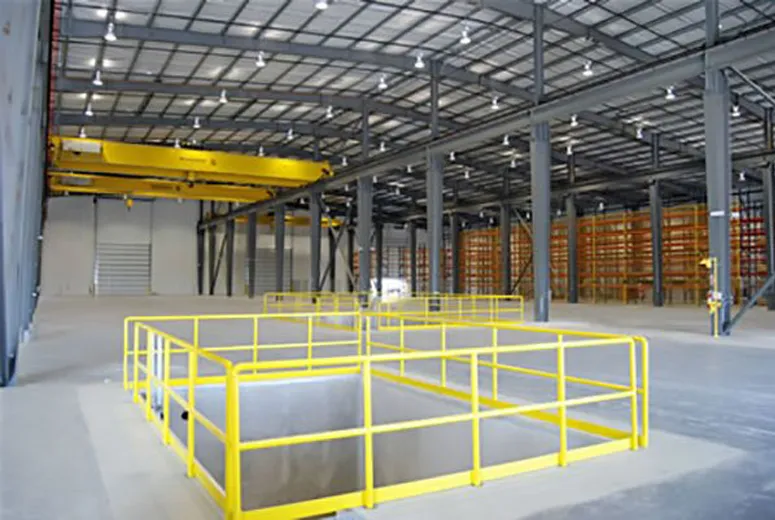
4. Site Preparation and Foundation Before the construction of a pre-engineered building can commence, proper site preparation is necessary. This involves clearing the land, grading, and laying a solid foundation. The type of foundation required—for instance, whether it's a concrete slab or a raised platform—will significantly affect overall expenses.
5. Additional Features Additional costs may arise from specific features such as insulation, heating and cooling systems, lighting, windows, and doors. While opting for extras can enhance functionality and comfort, they may also elevate the initial investment.
Benefits of PEBs
Despite the various components that impact their cost, pre-engineered steel buildings offer numerous advantages. They are often more economical than traditional construction methods, allowing for reduced labor costs and quicker project completion times. Additionally, they provide enhanced energy efficiency, especially when paired with modern insulation techniques, which can lead to lower operational costs over time.
In conclusion, understanding the costs associated with pre-engineered steel buildings requires a comprehensive look at materials, design, fabrication, and additional features. While the initial investment can vary depending on many factors, the long-term benefits often outweigh the initial costs, making PEBs an attractive option for various construction needs.
-
Steel Frame Factory with Insulated Roof Panels
NewsAug.14,2025
-
Prefab Metal Building with Insulation Package Options
NewsAug.14,2025
-
Industrial Steel Sheds for Temporary Workshop Use
NewsAug.14,2025
-
Metal Workshops Featuring Corrugated Steel Roofs
NewsAug.14,2025
-
Modular Steel Frame Excellence: Our Pursuit of Perfection
NewsAug.14,2025
-
Metal Garage Kits Crafted with Customer Satisfaction at Heart
NewsAug.14,2025
Products categories
Our Latest News
We have a professional design team and an excellent production and construction team.






